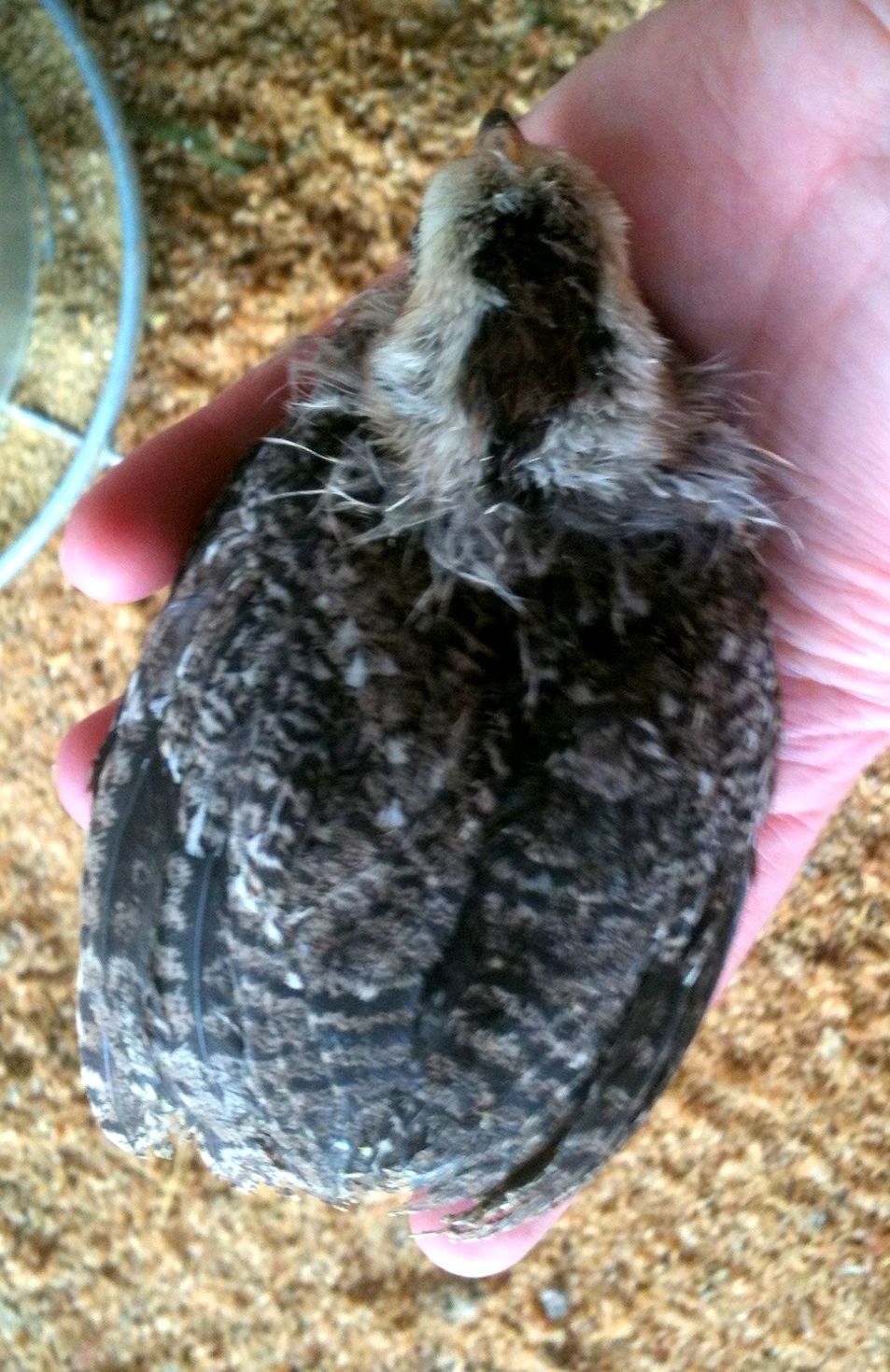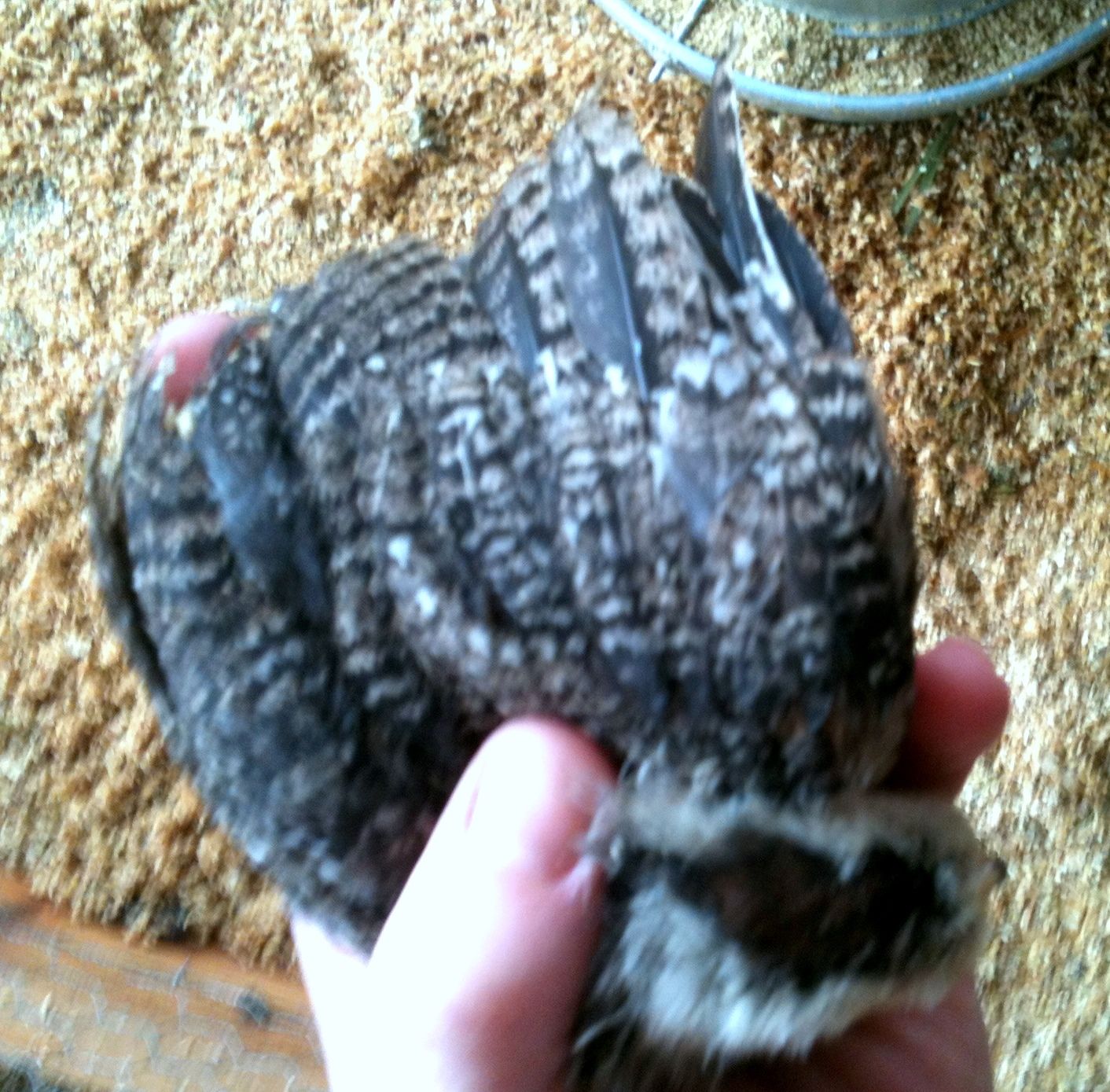I've got one who's just like him except rumpless, different color, and butterfly combed. And a girl who's like him but tufted, however tailed, and blue based. I have a few variances in the whole "bearded crowned/crested blue egger" thing but not exactly like your description. Personally I think a rumpless bird with crown, beard/muffs, etc just isn't balanced. Add a tail and sure, but all that going on in front and nothing in back, I don't know, it just seems like too much going on in front.
Navigation
Install the app
How to install the app on iOS
Follow along with the video below to see how to install our site as a web app on your home screen.
Note: This feature may not be available in some browsers.
More options
You are using an out of date browser. It may not display this or other websites correctly.
You should upgrade or use an alternative browser.
You should upgrade or use an alternative browser.
Araucana thread anyone?
- Thread starter megcpat
- Start date
Illia,
Yea, I think you're right about the crested with a tail. Still something interesting though. The color is stunning as well. Love the depth of color.
Yea, I think you're right about the crested with a tail. Still something interesting though. The color is stunning as well. Love the depth of color.
Ok maybe you all can help me out. I have been getting what looks to be a lot of Gold and Silver Duckwings lately. I am very excited about this. However most are not getting tufts.....so thats a project for the future. But......I am also getting a few solid double tufted blacks, dark grey, and white.
I really would like to breed RBB what combo of colors breeding would maybe produce that? I have one female that is 4 months old that is a RBB.
I really would like to breed RBB what combo of colors breeding would maybe produce that? I have one female that is 4 months old that is a RBB.
No it can't be shown as a wheaten BBR it can just be shown as a BBR. Your basically cheating though and if you breed a wild type BBR to a wheaten type hen you are going to get splits and be moving yourself away from show quality. There is not an easy way to tell the difference visually, except the underfluff is usually different from wheaten bbr to wild type bbr.
Lanae
Lanae
To clarify why it can be confusing with Roos the Black Breasted Red is that e+ or wild type black breasted reds, ewy or wheaten black breasted reds, and eb or brown black breasted reds all look the same as adults. The hens is where you see the difference when showing because the hens all look drastically different.
 this is e+ based or wild type
this is e+ based or wild type
 this is ewh based or wheaten which is the APA variety for showing
this is ewh based or wheaten which is the APA variety for showing
 this is eb based or brown variety of black breasted red.
this is eb based or brown variety of black breasted red.
They are all duckwing based birds. The silver and golden duckwings per APA are based on Wild Type.
Notice the difference in chick down color and hen color. Now the males can all look identical depending on what modifier genes they have present, but the hens will tell what they are.
Lanae



They are all duckwing based birds. The silver and golden duckwings per APA are based on Wild Type.
Notice the difference in chick down color and hen color. Now the males can all look identical depending on what modifier genes they have present, but the hens will tell what they are.
Lanae
Last edited:
Wow that is helpful but I am still confused on what I have.....I took these pics at lunch. It was pouring rain so excuse the poor lighting.
These are two chicks from the Roo and hens I purchased from you. Not sure which came from which hen because at that time I was just learning what each hens egg looked like all being slightly diff. The second chick is actually much lighter in person. More creme in color.
Top View Wing


Chick # 2 Top View Chick # 2 Wing


Chick # 2 Side View

These are two chicks from the Roo and hens I purchased from you. Not sure which came from which hen because at that time I was just learning what each hens egg looked like all being slightly diff. The second chick is actually much lighter in person. More creme in color.
Top View Wing


Chick # 2 Top View Chick # 2 Wing


Chick # 2 Side View

Last edited:
No it can't be shown as a wheaten BBR it can just be shown as a BBR. Your basically cheating though and if you breed a wild type BBR to a wheaten type hen you are going to get splits and be moving yourself away from show quality. There is not an easy way to tell the difference visually, except the underfluff is usually different from wheaten bbr to wild type bbr.
Lanae
What I mean is, a Wheaten and a wildtype BBR in males are no different and can be both shown as whatever the breed's colors are accepted. So, what I mean is, Araucanas' "BBR" is actually wheaten but you can show a duckwing/wildtype. I basically mean that BBR in other breeds often means wildtype duckwing, but indeed in some like Araucanas it means Wheaten, either way, the males are the same. But yes, when it comes to breeding, one should eventually separate the two as you don't want to cross them or have a split running around.
As to the chicks shown - The better the stripes, the better chance it is pure duckwing. The lighter stripes the poor chance it is pure duckwing and more likely a Wheaten or Wheaten split. Although some pure duckwings may have poor striping too, it often is a sign of other genes in there though. For example, columbian based duckwings (quail) can often be dark on top, yellow on bottom and face. But, a yellow chick or a chick with faint striping on a yellow body is often sign of Wheaten in there.
As they mature, it will be hard to tell in males.
New posts New threads Active threads
-
Latest threads
-
Polish Rooster possible infection?
- Started by TAlannaW
- Replies: 1
-
-
Winston (2yo) roo needs a new home - Western PA
- Started by VeeKay
- Replies: 0
-
-
-
-
Threads with more replies in the last 15 days
-
-
-
I culled my first cockerel, now what?
- Started by redinator
- Replies: 85
-
Anyone trained their dog to stay away from chickens like this?
- Started by ChickenShepherd_6116
- Replies: 77
-
-
×


